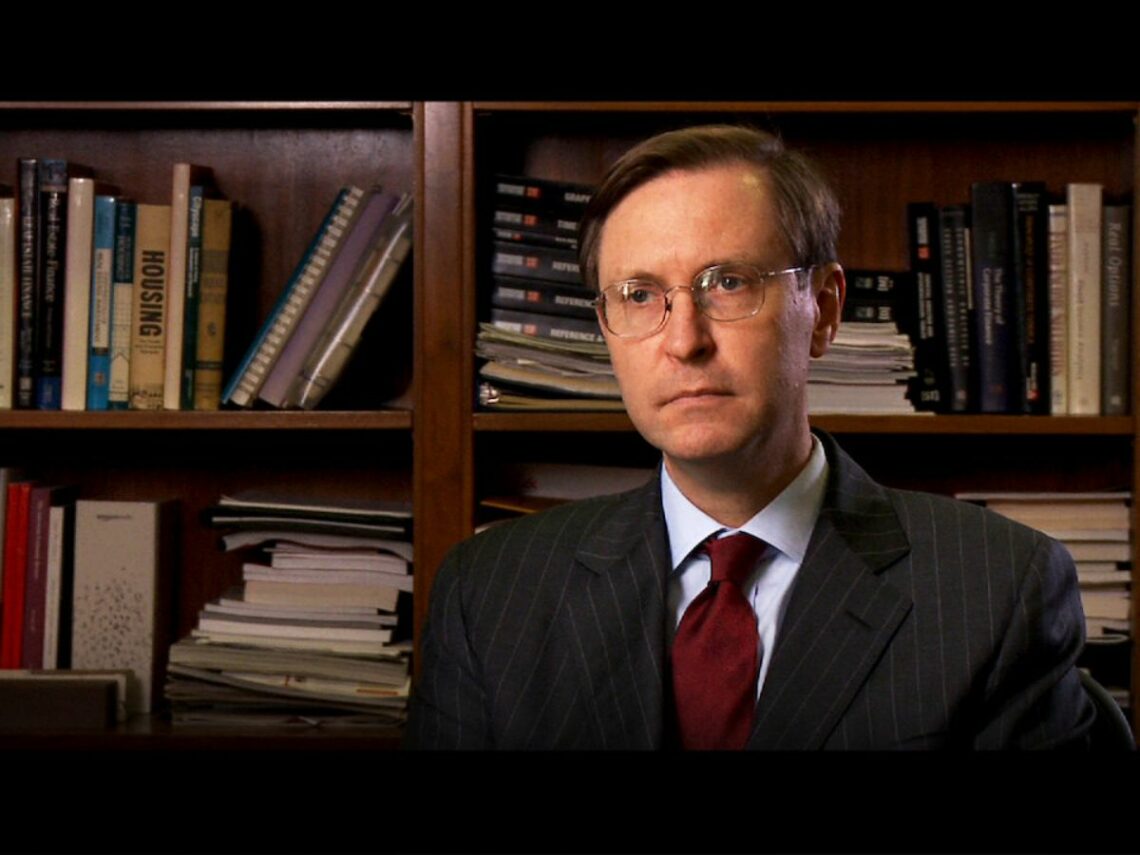
‘Inside Job’ explained: Who’s responsible for the Great Recession?
In 2010, a documentary was released which aimed to expose the basis for the 2008 financial crisis, which had led to the deepest global recession in history up to that point. Charles Ferguson’s Inside Job is loaded with star names from the world of finance, including financier George Soros, IMF and ECB chief Christine Lagarde, former New York Governor and Attorney General Eliot Spitzer and Financial Times editor Martin Wolf. It’s also narrated by Matt Damon.
Just to be clear, this Inside Job has nothing to do with the animated series about conspiracy theories that Netflix cancelled last year. It’s a two-hour live-action feature full of talking heads, hard-hitting questions and ambient shots of New York skyscrapers. Its narrative starts from the depression-era American New Deal, and charts the rise of speculative finance industries off the back of Reaganomics in the 1980s.
The movie paints a picture of large-scale collusion and backdoor dealings between banks, financial regulators, and the US central government.
It shows us how the entire financial sector has been consolidated into a few gigantic institutions over the past 30 years, which have continually practiced money laundering, defrauding customers and cooking their books during the same period. Banking executives have taken hundreds of millions of dollars in bonuses, at the expense of ordinary working people and taxpayers.
Meanwhile, a $50-trillion unregulated market of high-risk loan derivatives has developed, and any attempt to regulate this market has been shut down by the US Treasury department and the Federal Reserve. On the other hand, when sub-prime mortgages repackaged as so-called “CDO” (collateralised debt obligation) derivatives triggered a collapse in the entire global financial system, the largest investment banks went cap-in-hand to the US government, who bailed them out to the tune of $700 billion.
So, who’s to blame?
As Inside Job demonstrates, there is no one person or party at fault for the 2008 crisis. Instead, every key stakeholder in the casino capitalism of Wall Street played their part in leading the world economy towards disaster.
Big bankers themselves like Merrill Lynch CEO Stan O’Neal milked the system for personal financial gain, regardless of the dangers inherent in their speculative investments. When the crisis hit, these bankers walked away with billion-dollar fortunes, leaving the taxpayer to pick up their mess.
But the actions of these bankers would have been impossible without people like Alan Greenspan, who was a former investment director before he was chairman of the Federal Reserve for 18 years. You could point to numerous others for whom banking and government went hand in hand, including Treasury Secretaries Donald Regan, who was CEO of Merrill Lynch immediately before his appointment, Henry Paulson, former CEO of Goldman Sachs, and future banking consultant Larry Summers. These officials were instrumental in deregulating the financial markets, and protecting them from any subsequent intervention by regulators.
Then there were the independent regulators themselves, who, in the words of New York Attorney General Spitzer “didn’t do their job.” According to Spitzer, it wasn’t in the interests of regulators to prevent the big banks from engaging in risky or illegal activity “They had the power to do every case that I made. They just didn’t want to.”
Their stance was influenced by the revolving door between regulatory bodies and bankers, with the best financial auditors investigating banking malpractice being offered far better paid jobs in the banking sector. What’s more, regulation was generally paid for by the banks themselves. For example, credit rating agencies were paid by investment banks to give the CDOs they were investing in a certain rating. Naturally, after receiving their money the agencies told bankers what they wanted to hear, that bad sub-prime investments were in fact worthy of the top credit rating.
Here we can see a vicious cycle in which political leaders appointed by successive presidents from both major parties, banking executives and finance regulators were all in it together. Each of these parties was benefiting from practices that would inevitably lead to a catastrophic financial meltdown. Inside Job exposes this awful truth for the crime it is, in one of the most compelling documentary films currently on Netflix.